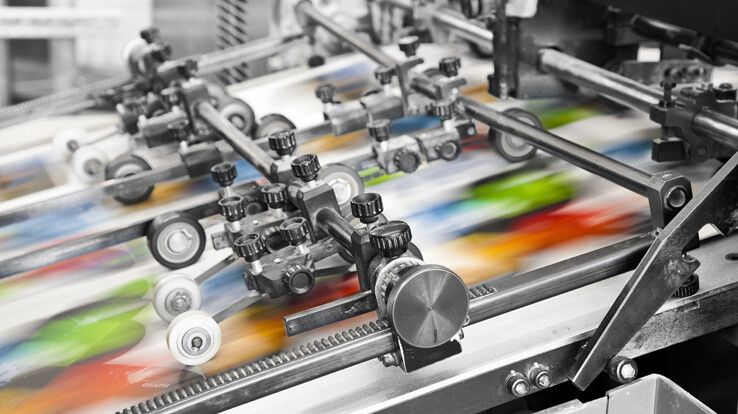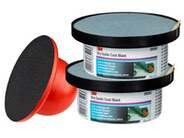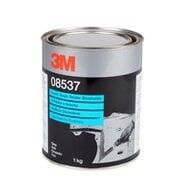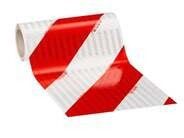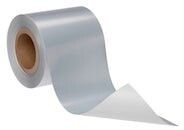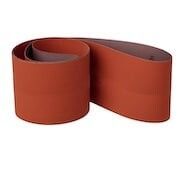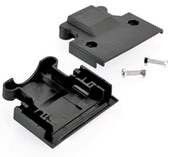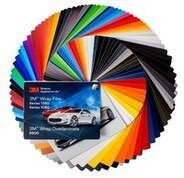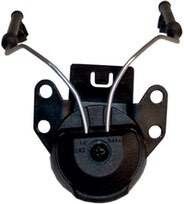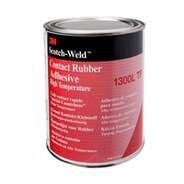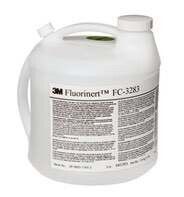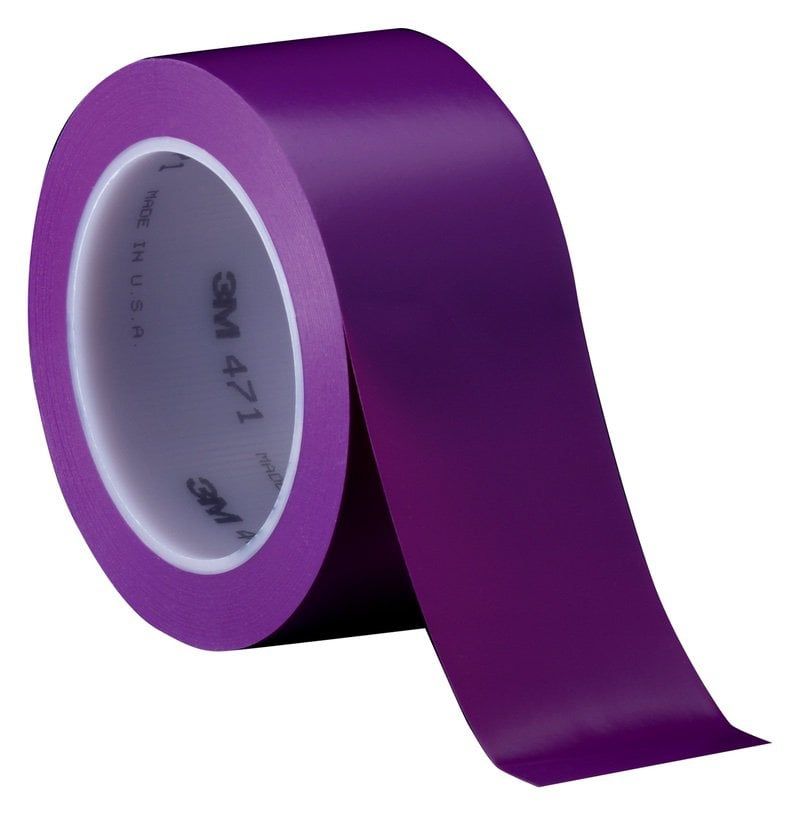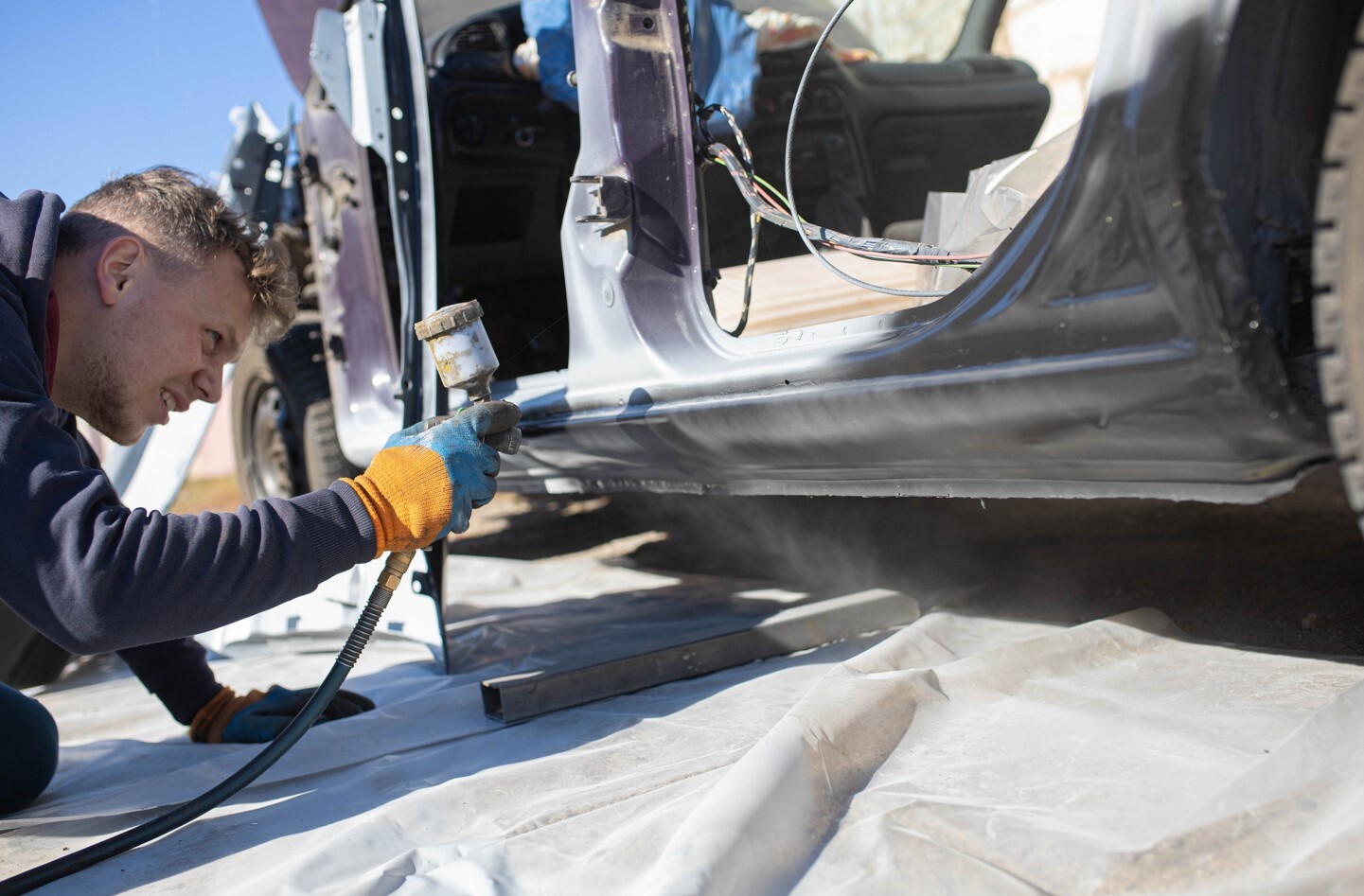Using the cavity vax: fighting rust
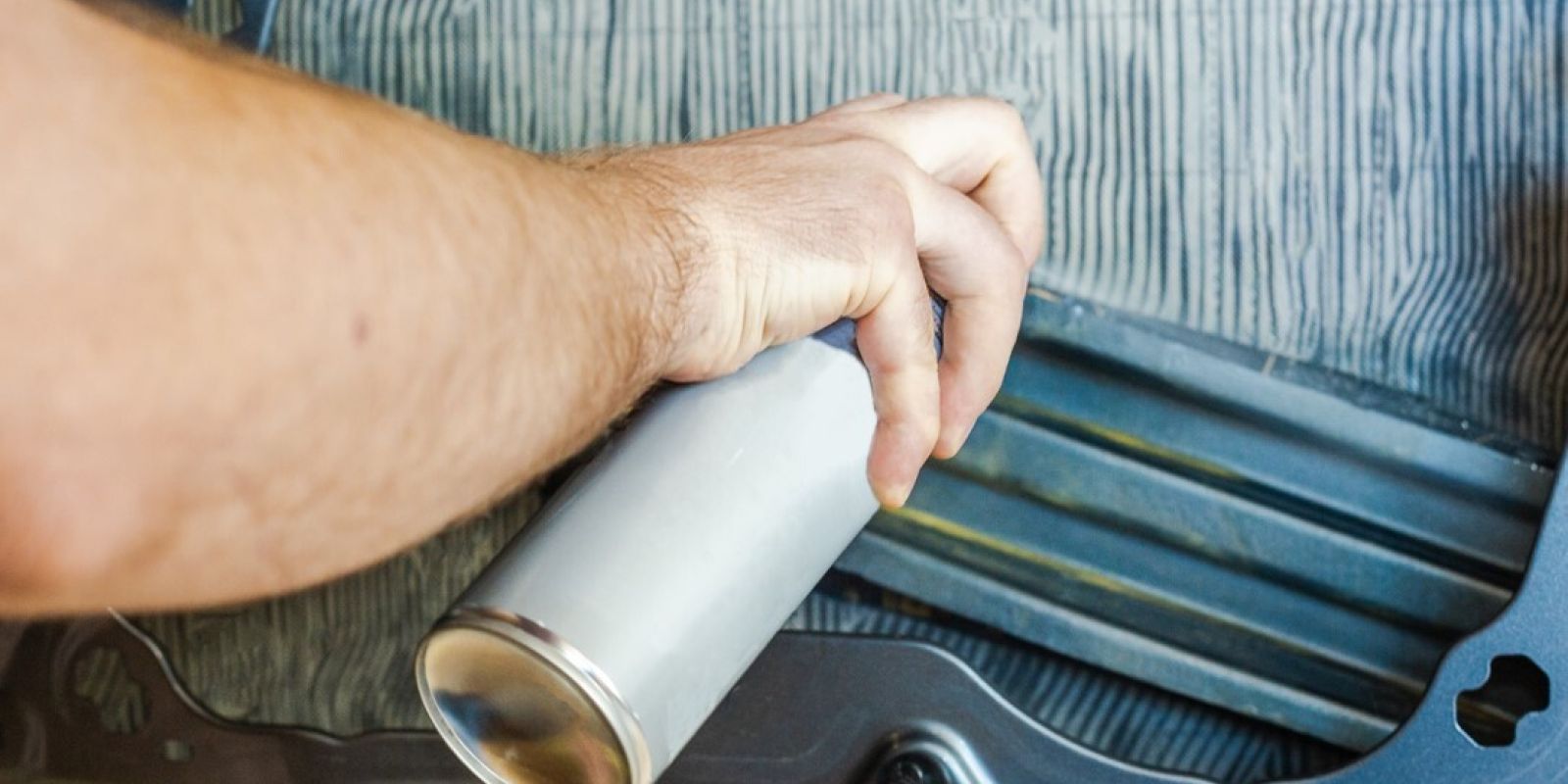

Vehicles are typically exposed to a wide range of externalities that can damage and deteriorate them. It is the responsibility of the owner to protect the vehicle from environmental factors such as the weather. One of the biggest enemies of cars is corrosion. In this blog post, we'll look at one possible way of protection, and that is applying cavity vax. What is cavity vax and why is it a good choice? Here are the details!
Why protect against corrosion?
Car manufacturers are striving to offer their customers safer and more comfortable vehicles. They aim to make vehicles last longer, so they protect the body against corrosion in several steps during production.
The body panels are more vulnerable to corrosion because a large proportion of them are made of steel. However, the original corrosion protection can be damaged over time, and it is also possible that elements that have not been properly protected are installed during repairs. In such cases, it is important to restore the original chassis and cavity protection.
What is cavity protection?
Cavity protection is nothing more than guarding the car from corrosion and rust. These are typically the result of environmental influences (e.g. rain, snow, salt) and can cause significant damage to the car’s body. Rust "eats" the material, which over time cracks and holes appear, allowing dirt, water, and air to enter and cause even more damage.
However, by using cavity protection sprays and materials, small gaps, holes, cavities in components, and welded seams can be filled with a specially formulated material that prevents the deterioration process from starting on metal components. Regular use can significantly increase the lifetime of the car, preserve its condition and, as a result, its value does not decrease so rapidly.
Types of cavity protection materials
There are two main types: primers are applied before the paint is applied, but there are also liquids and coatings that are applied to the painted surface. Primers adhere to the surface to prevent oxidation. They are typically colourless or black and can be purchased in the form of cavity vaxes.
There are also cavity protection liquids and powders, the former applied to internal components by brush or spray gun and the latter by paint nozzles. Here's how cavity protection works!
Use of the Cavity Vax
The cavity protection process consists of the following steps: preparation, cleaning, surface treatment, and application of the cavity protection material. The first step in preparation is to cover the surfaces where you do not want the material to get on. This will protect the surfaces from contamination. The full body of the car should then be cleaned. Cleaning and washing is a meticulous process of removing dirt and rust and preparing the surface. For example, if you have a new part in the car, you don't have to remove the rust, but you still have to give it a thorough cleaning.
The surface must be prepared before the cavity vax is applied. This can be done using an anti-corrosion primer, which forms a chemical layer on the applied surface and helps prevent rust. Once this has been done, it is time to apply the cavity protector and apply the material. It is advisable to use a brush or a cavity protection spray, which can be used quickly and effectively. The drying time of the cavity vax depends on the type used, but it is usually best to allow 24 hours for complete drying. There are several ways of application, depending on the formulation and the surface to which the material is applied. For example, some applicators can be used to treat hard-to-reach areas.
What are the benefits of cavity vaxes?
Cavity protection is a method of preventing corrosion. Let's look at the benefits and why you should not skip this step!
Chassis protection, corrosion protection, and cavity protection can help to preserve the condition of your vehicle. Treatments can significantly increase the lifetime of your car. They protect against the damaging effects that promote rust and the spread of rust. Because the condition of the car can be preserved, repair costs and depreciation can be reduced. Not to mention the fact that a corroded surface is not very aesthetically pleasing, but if you protect against it, you can keep your bodywork looking good for a long time.
The adequacy of cavity protection should be checked regularly and, if necessary, maintenance should be carried out. Visual inspection from time to time will help to spot any damage and corroded areas in time. The best time to check the cavity protection is during the car's normal maintenance period when the car is in the workshop. During the visual inspection, the chassis should be inspected, as well as the doors, fenders, bumpers, and window frames. It is worth paying particular attention to corrosion and possible damage.
If any damage is noticed during the inspection, it should be rectified immediately, as these usually lead to corroded areas and cracks which can lead to further corrosion damage. It is advisable to seek professional help if repairs are required. He or she will replace, repair, and clean the damaged parts and also ensure proper cavity protection.
Looking for automotive supplies? Have a look around Flanker's webshop and choose from our range of products!
More articles
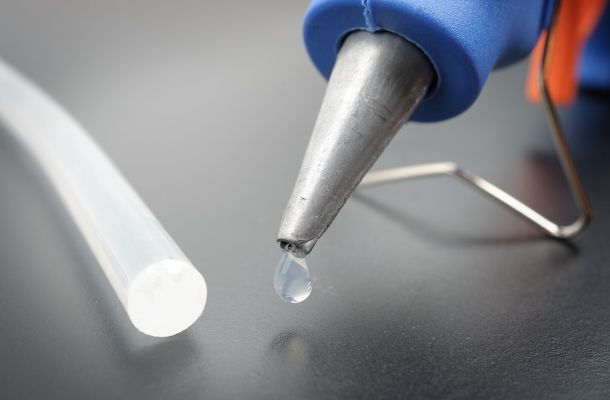
Hot melt adhesive: a quick and easy solution when it comes to glueing
Flanker Plusz Kft.
Contact Details
Boti Street, 100.


